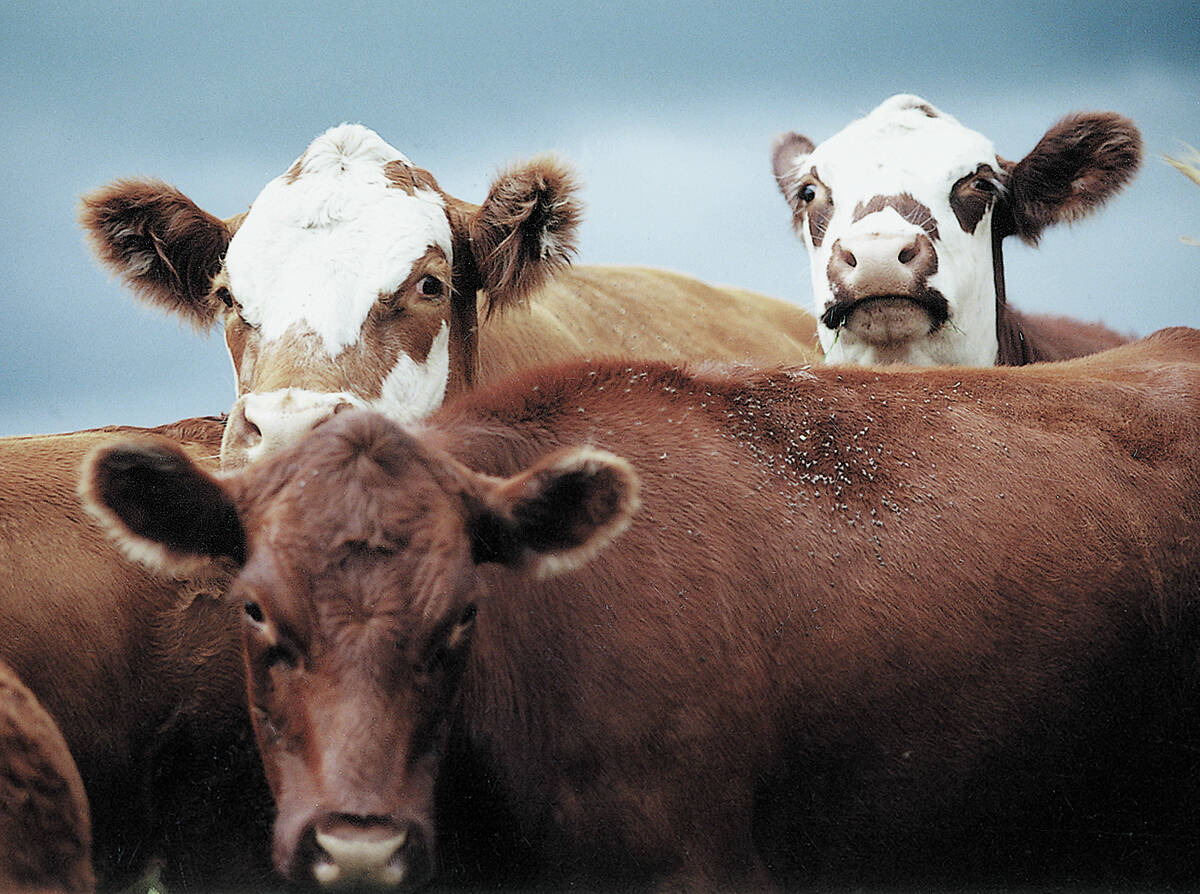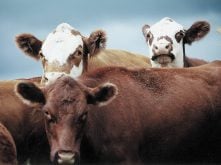This cattle market information is selected from the weekly report from Canfax, a division of the Canadian Cattlemen’s Association. More market information, analysis and statistics are available by becoming a Canfax subscriber by calling 403-275-5110 or at www.canfax.ca.
U.S. market falls
Chicago cattle futures fell sharply last week as investment funds, which still had substantial long positions in cattle at the start of the year, sold heavily.
Funds rebalance their portfolios at the start of the year and having made good profits on the year-long rally in cattle futures, believed the rally has mostly run it course and it was time to scale back their positions.
Read Also

Canfax cattle market report – October 30, 2025
The Canfax cattle market report for October 30, 2025. Fed & feeder cattle prices, butcher cow trends, and cutout market insights.
Nearby live cattle futures fell 3.8 percent over the week and feeders fell 3.6 percent.
Cash cattle also fell. In the southern U.S. Plains, cash trade developed at US$164-$164.50 per hundredweight, up to $6 lower than the previous week.
Packers are running their kill lines fairly slow.
U.S. steers in the week ending Jan. 3 averaged 897 pounds, 21 lb. heavier than a year ago.
Canadian market strong
The Canfax weighted average for steers was a record C$191.05 per cwt.
Fed cattle were trading at $130-$133 last year at this time.
The Canadian market ignored the futures market selloff, and packers bid aggressively to acquire cattle.
It was the first time in 10 years that cash trade was at a premium over the futures market during January.
Volume of market-ready cattle was tight because feedlots had sold heavily the previous week. Dressed sales developed at the top end of the previous week’s trade.
Some producers have started to pull February cattle forward.
It is unclear whether the futures will rise to the cash market level or the cash will fall to the futures.
In Canada, cattle bought over the past couple of weeks were scheduled for slaughter within seven to 10 days, indicating that packer-owned supply is tight. However, market-ready supplies usually increase going into February. The fed market may be near its top.
Cows rally
D1, D2 cows ranged $125-$143 to average $134.90, up $3.75 and a new record, while D3s ranged $110-$128 to average $118.88, up almost $2.75.
Butcher bulls rose to average $144.15.
Federally inspected western Canadian non-fed slaughter for 2014 was 334,032 head, down 10 percent from 2013.
Total Canadian non-fed slaughter was down 8.5 percent for a 2014 total of 422,096. Non-fed exports to the United States for 2014 were down eight percent at 351,718 head.
Prices were expected to be steady this week.
Feeders jump higher
Volatile cattle futures had little impact on the western Canadian feeder market.
Average feeder steer prices were almost $10.75 per cwt. higher. Heifers rallied almost $14.50.
Stockers 300-400 pounds rose more than $17.50 on an increased offering and improved quality, but prices were still well below the 2014 fall highs. However, feeders 500-800 lb. set new records.
The steer-heifer spread narrowed.
There was a broad base of buyers, including those from Eastern Canada and Americans.
Auction volumes have been brisk this year. The unsettled futures market has some producers marketing feeders earlier than planned.
Feeder exports to the U.S. were up 40 percent in 2014 at 441,942 head.
Producers who fatten cattle on grass are worried about the availability of supply and may try to buy earlier than normal, which will add to market competition. However, if the weakness in the cattle futures markets continues, it could weigh on the Canadian cash market.
U.S. beef rises
The U.S. Choice cutout rose US$8.31 per cwt. higher, with a new record high established Jan. 14 at $263.81. Select rose $8.73 to $254.07 but was $6.76 lower than the high set in July 2014. After seeing a strong rally in the past two weeks, the cut-out market is expected to soften because of the typically slow demand in January and cheaper pork and poultry prices.














